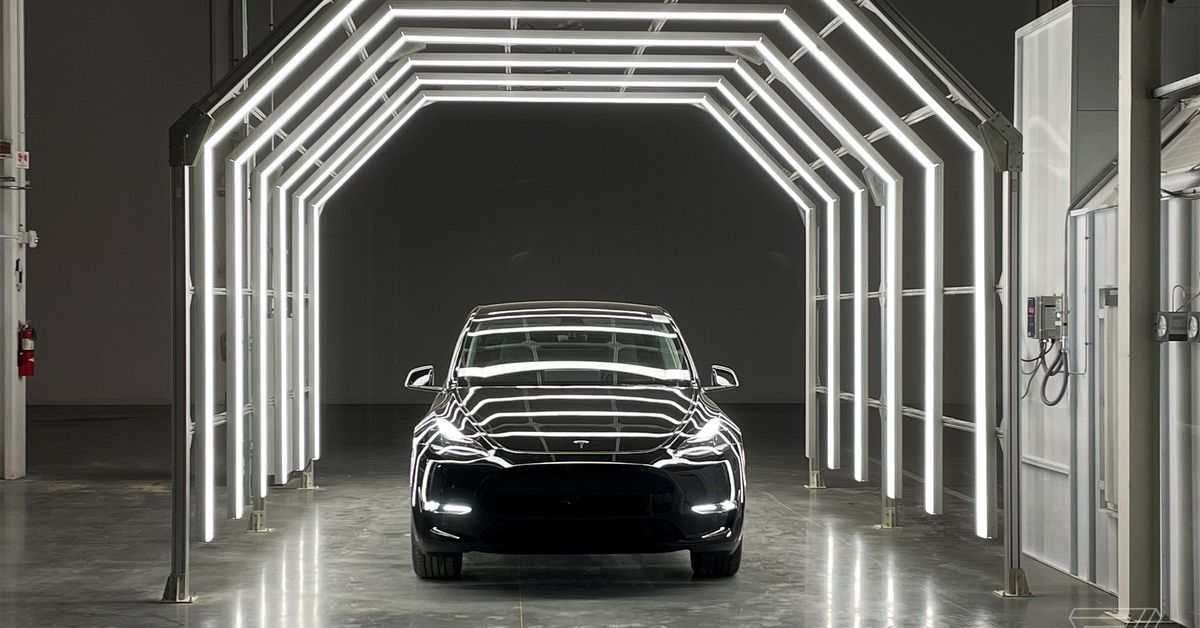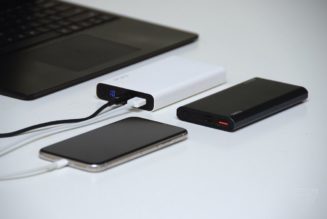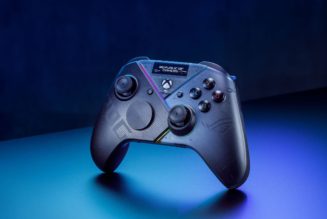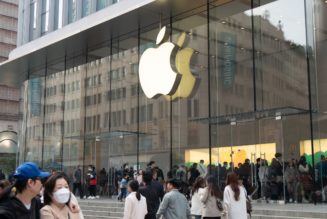
When last we checked in with Tesla’s “phantom braking” problem, the National Highway Traffic Safety Administration said it had received 350 complaints from owners who said their vehicles were braking for no reason. Now that number stands at 758, and the US government has some questions.
On May 4th, NHTSA fired off a 14-page “request for information” letter to Tesla about these incidents, including a request for all consumer and field reports it has received about false braking, as well as reports of crashes, injuries, deaths, and property damage claims.
NHTSA also wants to know whether Tesla’s Full Self-Driving system was active during any of these incidents. Tesla has until June 20, 2022, to comply with the request, though it can seek an extension if it wants. (The letter was first reported by the Associated Press.)
Reports of “phantom braking” first surfaced last fall, when Tesla was forced to roll back version 10.3 of its Full Self-Driving (FSD) beta software, the company’s advanced driver assist system, because of issues with forward collision warnings and unexpected braking.
But after the rollback, the number of complaints actually increased substantially, with NHTSA receiving at least 107 from November to January, compared with only 34 in the preceding 22 months, according to The Washington Post. In February, NHTSA began investigating incidents involving Tesla Model 3 and Model Y vehicles after receiving 354 complaints.
NHTSA’s Office of Defects Investigation opened a “preliminary evaluation,” which is the stage before the agency could issue a formal recall and covers approximately 416,000 vehicles. To date, there have been no reports of crashes, injuries, or fatalities as a result of this issue.
The problem may be traced to the decision last year by Tesla to remove radar sensors from new Model 3 and Model Y vehicles. The decision came after Musk publicly expressed a desire to rely exclusively on cameras to power the company’s advanced driver assistance system.
Tesla has drawn scrutiny from safety advocates and regulators for its willingness to allow its customers to test what is essentially an unfinished version of a software product that Musk has long promised will lead to fully autonomous vehicles on the road. Earlier this year, the company was forced to issue a software update to remove an FSD feature that allows cars to perform a “rolling stop” — a maneuver in which the vehicle moves slowly through a stop sign without coming to a full stop. (A rolling stop is a common driving maneuver despite being illegal in all 50 states in the US.)
Tesla did not reply to a request for comment, nor has it since 2019 when it dissolved its PR department.








